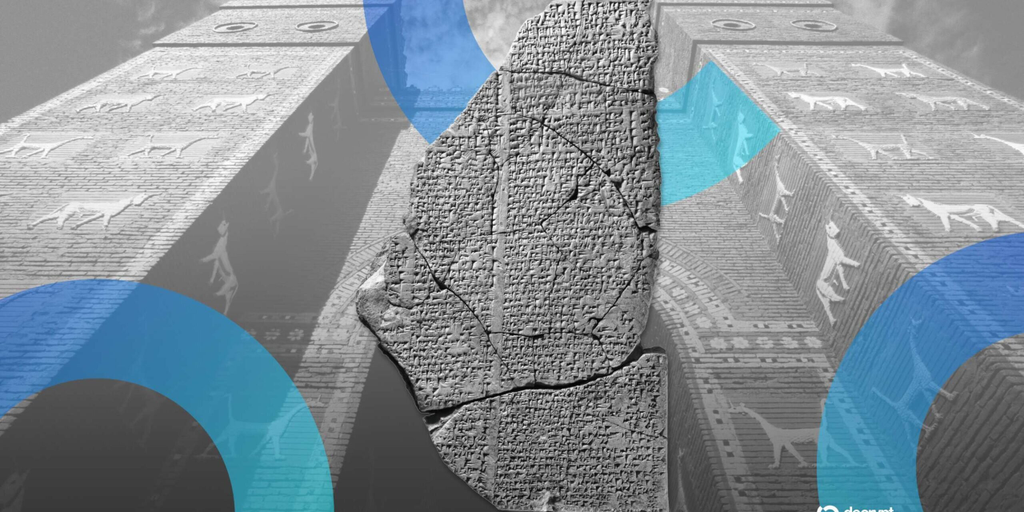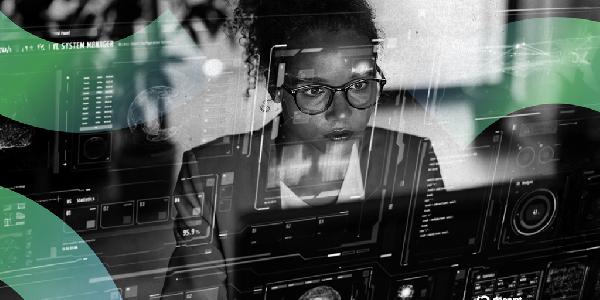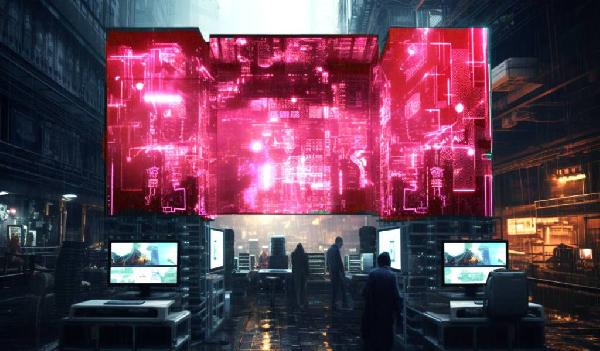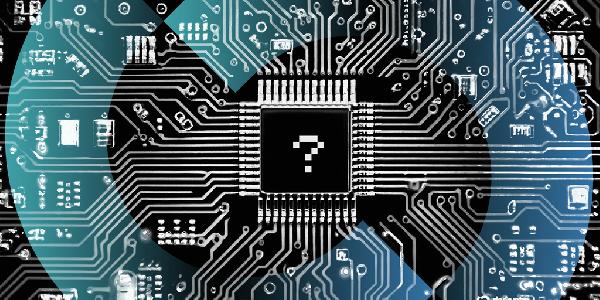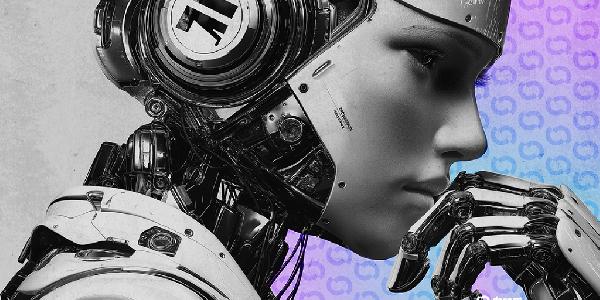Researchers from LMU Munich and the University of Baghdad have used AI to reconstruct a Babylonian poem that had been lost for over 2,000 years.
Named the Hymn of Babylon, the text—which praises Babylon and the god Marduk—was written 3,000 years ago and last studied in 100 BC.
According to the team behind its rediscovery, it has been pieced together from 30 clay fragments that have been excavated over the years, with artificial intelligence being used to join the dots.
“We used a specialized AI program to analyze and match text fragments based on combinations of cuneiform signs,” Professor Enrique Jiménez, Professor of Ancient Oriental Languages at LMU, told Decrypt.
Jiménez and his colleagues use approaches based around natural language processing to indicate that fragments belong to a single text, as detailed in a methodology paper from last year.
Working from the Electronic Babylonian Library Platform, which contains 1,402 manuscripts, the researchers use n-gram matching as their primary method of reconstruction, although other methods include vocabulary overlapping and searching for longest common strings (of text).
According to Jiménez, the rediscovered poem was important enough to be taught as part of Babylon’s curriculum.
Writing in the journal Iraq, he and co-researcher Anmar A. Fadhil also suggest that the author was likely a member of Babylon’s priestly class, given that the poem includes a section which describes priests as the “free citizens” of Babylon.
In addition to celebrating Babylon’s natural resources and beauty, the hymn also includes passages extolling the city’s acceptance of foreigners and support for the poor.
It reads, “The foreigners among them they do not humiliate. The humble they protect, the weak they support. Under their care, the poor and destitute can thrive. To the orphan they offer succour and favour.”
The reconstruction of ancient texts using AI is has become increasingly common among scholars; in 2023 a 21-year-old student made headlines for developing a machine learning algorithm to decipher ancient Greek letters inside a sealed scroll from Herculaneum.
Jiménez told Decrypt that AI is becoming “indispensable” to researchers, “particularly for reconstructing damaged or fragmented texts.” He added that, “While languages like Akkadian and Sumerian are still underrepresented in large language models, we’re actively working to improve computational tools for ancient Near Eastern studies.”
Your Email
